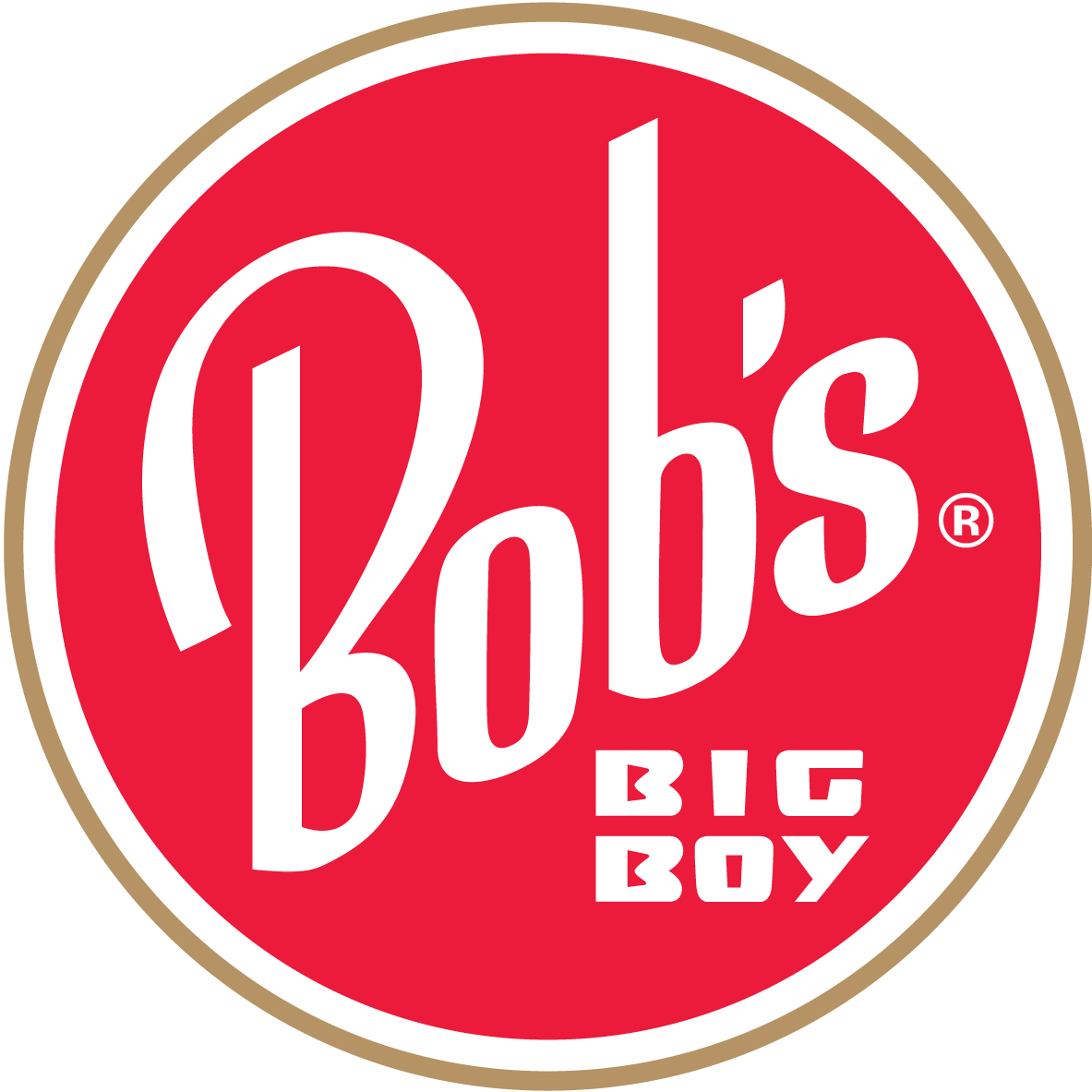The Big Boy Story
In 1936, Bob Wian offered his auto for $300 and offered a ten-stool lunch stand referred to as “The Pantry.” He then modified the identify to “Bob’s Pantry.”
The Big Boy Story
One late night, a everyday consumer requested for some thing “different.” Bob cut up the bun twice via the middle, growing a center bun, brought two burger patties and the relaxation is history. The “Double-Deck Hamburger” was once invented.
But the title got here from a chubby 6-year-old doing atypical jobs at the time with the aid of the identify of Richard Woodruff. One day Bob forgot his title and known as out “Hey, Big Boy.” Something clicked and a identify used to be born: Bob’s Big Boy®
Architecture
Bob’s Big Boy® in Burbank is a astounding instance of the rising California espresso keep fashion that exploded in Los Angeles in the 1950’s.
It was once designed via famend architect Wayne McAllister, a chief in Googie structure that embraced the automobile. Built in 1949, the shape is dramatically associated to World Fair pavillions of the pre-war length with the aid of its long, low, horizontal roof line and vast canopies.
Its asymmetrical structure alternates from sharp angles at the entrance to smooth, inward curving photo home windows dealing with the street.
Certainly the building’s most putting issue is the momumental freestanding Bob’s® signal which soars vertically in distinction with the horizontal strains of the restaurant. Placed at a strategic angle, the sign, with its beautiful crimson and white neon lettering, is breathtakingly dramatic and seen from a ways down Riverside Drive. The signal itself is transitional in that it is free standing and retains factors of the 1930’s streamlining. The signal is a billboard raised to an artwork form. At 70 toes tall, the Bob’s® signal is a actual landmark in the surrounding community. At night, with its dramatically lit signal and the huge band of home windows highlighting the diners inside, the whole restaurant used to be a effective trap to the passing motorist.
Abstract, amoebae-like canopies intersect the structure, metamorphosing into an angular skyward slanting entrance canopy. Various textures enhance the exterior partitions from mosaic tile to timber clapboard to ornamental vertical and horizontal brick veneer. Beautiful moss-green and black terrazzo walkways encompass the building. A small, low-ceiling entrace way explodes into the giant open area of the eating room.
Bob’s® indoors has been revamped a number of instances however retains the unique seating design with cubicles strategically positioned alongside the uniquely inward curving window wall so that clients have a panoramic view.
The restaurant, at the start each a drive-in and sit-down restaurant, retains its drive-in aspects at the building’s rear. The completely intact cantilevered, boomerang-shaped metal awning, reminiscent of Frank Lloyd Wright’s Taliesen, covers what used to be initially drive-in parking.
The Beatles Booth
Famed British musical crew The Beatles dined at the Burbank Bob’s Big Boy® region throughout the 1965 U.S. Summer Tour.
The Beatles
Their HELP album used to be launched in the U.S. on August thirteenth of that year. Big hits protected “Yesterday” and “Ticket to Ride.”
Finding time after their 2nd look on the Ed Sullivan Show and their landmark Shea Stadium concert, the FAB four requested to dine at a actual American diner. Bob’s Big Boy® of Burbank used to be fortunate sufficient to fill this want and be a section of Beatlemania.
Many regulars and travelers alike request “The Beatles Booth.”
Don’t be suprised if it’s no longer available. Customers from round the world have waited hours to sit down in the booth.
However, with over 5,000 rectangular toes of eating area (including our backyard patio) and seating capability for 166 persons, we promise there’s lots of scrumptious spots to experience a world well-known Big Boy®.
Filming Heat
Michael Mann filmed a number of key scenes of the 1995 American crime movie Heat at Bob’s Big Boy® in Burbank.
Heat
Starring Val Kilmer (pictured), Robert DeNiro (pictured), and Al Pacino, the movie is widely-regarded as Mann’s quality acknowledged work and one of the best films made about Los Angeles.
With vicinity manager, Janice Polley, Mann used to be in a position to movie at eighty five actual Los Angeles locations. Fewer than 10 had ever been filmed before. Bob’s Big Boy® in Burbank used to be fortunate and honored to be a section of this Los Angeles movie history.






No Comments
Leave Comment